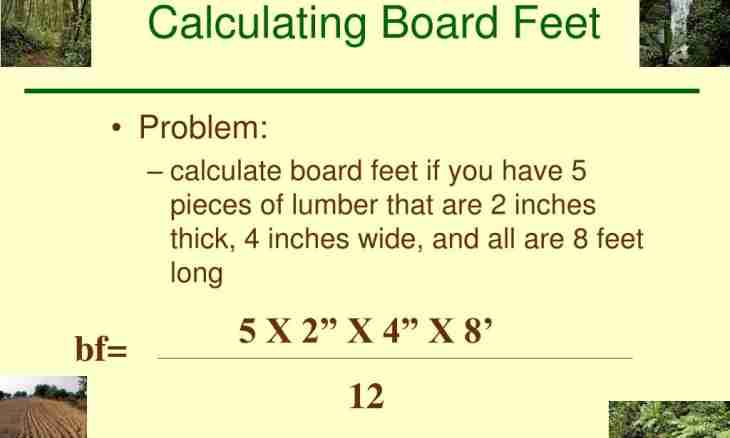Tasks on calculation of a bias of the rivers are included into the program of training of school students of the eighth classes for a subject geography. To calculate this indicator, it is necessary to know length of the river and its falling.
Instruction
1. Define falling of the river. This auxiliary indicator pays off as a difference of absolute heights of the area where the source and the mouth of the river are located. For example, the Angara River follows from Lake Baikal, absolute height in this place is 456 meters above sea level. Angara falls into Yenisei in a point where height is equal 76 meters above sea level. Thus, falling of the river is 456-76=380 meters. Remember that when calculating this indicator for the rivers flowing into the seas and oceans it is necessary to take 0 for the absolute height of the mouth.
2. Find out the extent of the bed of the river, that is its length. This information can be found in statistical reference books and encyclopedias. For example, length of the Angara River is 1779 kilometers. As a rule, in the conditions of tasks in geography for the eighth class on calculation of a bias of the river information on course length is given, and falling needs to be defined independently.
3. Calculate a bias of the Po River to a formula: Bias = Falling of the river/Length of the river. For this purpose express both an indicator of falling of the river, and its length in some units of measure, for example, in kilometers or, on the contrary, in meters. Transfer to some units of measure will allow to calculate a river bias as a percentage or per thousand. In a case with the Angara River you receive the following value of a bias of the river: Bias of the Angara River of =0.38 km / 1779 km of =0.0002136 or 0.02136% or 2.136 ‰.
4. Interpret the received value of a bias of the river and check yourself. The bias in 2.136 ‰ means that on the site of 1 kilometer height of the area on which the river flows changes on 21.36 centimeters. If you received too great value of a bias of the flat river, so in calculations the mistake crept in.
5. Remember that the average bias of the river, that is the coefficient calculated for all extent of the course is not informative. It is better to count this indicator for shorter sections of the river.

